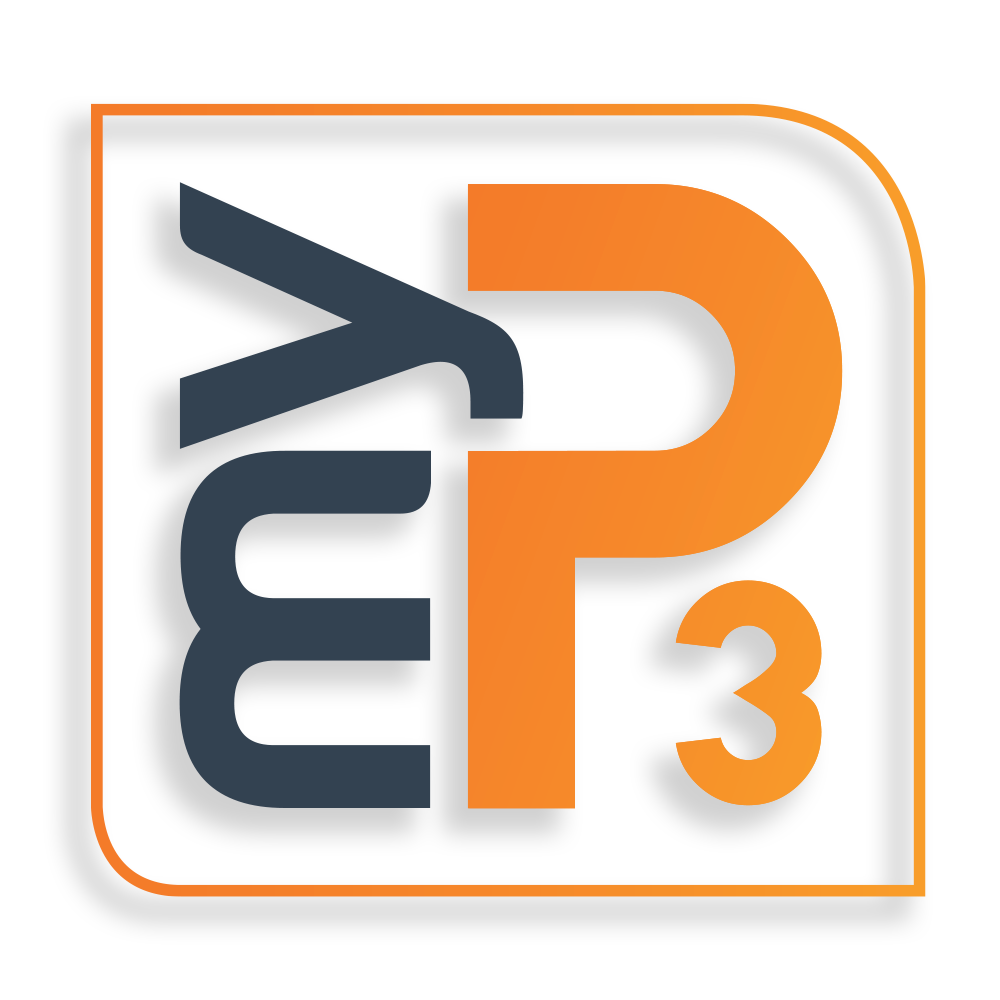Introduction:
For a Project / Program Management Office (PMO) to be successful, it needs to be perceived as providing value by programs, projects, and senior managers. If a PMO is not sufficiently resourced with skilled personnel or lacks senior sponsorship or authority, then problems can compound. An effective PMO is an enabler for management of delivery and is perceived as both knowledgeable and supportive through its provision of sound guidance and advice which, in turn, increases trust and gives clarity and purpose to its function.
Problem:
This large government client ran a portfolio of major software solutions and applications enhancements for the community in collaboration with delivery centres across multiple States, often requiring rapid response to changes in legislation.
Their waterfall reporting methods and existing PMO administration team’s skills were insufficient to adequately meet the fast-paced agile delivery and changing information requirements for decision support.
Objective:
myP3 was engaged to assess and develop a roadmap for improvements to realign and uplift the existing PMO’s team knowledge, skillset, processes, and technology to improve information flow and support the organisation’s transition from traditional to hybrid and agile delivery methods.
Overview:
myP3 initially conducted a Current State Assessment across the PMO team’s service offerings and identified that their scope was limited to basic administration functions with low knowledge or maturity of accepted portfolio, program or project (P3O) services or scope. Following a Stakeholder Analysis, it was revealed that there were 21 major stakeholder groups and multiple PMOs operating across various Australian states, with uncertainty on ownership and responsibilities of the various PMO services.
myP3 then ran a series of Stakeholder Workshops and interviews to understand the key points of pain and prioritisations for improved services to meet the local portfolio, projects and program managers’ requirements. The activities resulted in development of:
- Initial Problem Statement
- Approach
- Future State Blueprint
- PMO Services Charter and Target Operational Model.
- Maturity Roadmap.
With Senior Management approval to proceed provided, myP3 developed a Phase 1 Roadmap to address the gaps for PMO Scope, Processes, Organisational requirements, Technology and Information. The Change Approach developed included current skills analysis (Self-Assessment Survey) and myP3’s observations compared with established best practice.
This was followed by running a skills Capability Uplift program through formal training for the PMO team in industry standard P3O practices, supported with coaching and guidance by myP3. This raised each PMO team member’s level of awareness and knowledge to an extent where they selected their own career pathways and development plans and took ownership for contributing to improvements for their respective areas in the PMO Services Charter.
In parallel to the processes and organisational uplift changes, myP3 also focused on:
- Design of a SharePoint portal to enable the scope of PMO services offerings to be understood and accessed by the portfolio, programs and projects. Visual indicators were used to denote when each new PMO service became available.
- Design of a Portfolio report, accessible by the Senior Management Team, inclusive of progress data taken from both local and interstate sources of information.
myP3’s work concluded at the end of the PMO Realignment Phase 1 tenure with the confidence that the management and PMO team were in a good position to move forward independently to Phase 2.
Outcome:
The project was commended by the client Senior Director for successfully identifying the gaps and obstacles in the PMO’s services capability and providing clear articulation of a better future and how to achieve industry accepted good-practices and scope.
The PMO team gained confidence as their positive reputation grew with the aligned and widening services offerings, newly attained knowledge and skills, and the tools to deliver portfolio, program and project enablement for a large group of stakeholders.
The SharePoint portal design was widely considered a success and was then also adopted by other operational areas within the centre to promote and request services.
Delivery was on time, to budget and scope.
